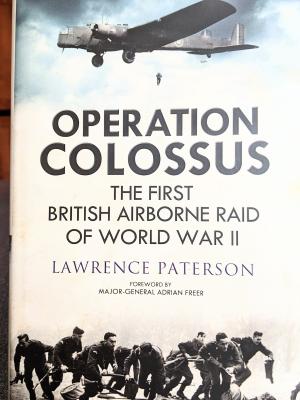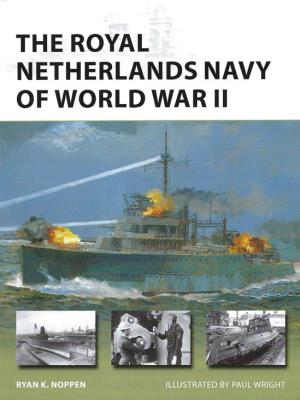Operation Colossus was an airborne commando raid into Italy early in the war to interdict a particular aqueduct vital to the towns in the ‘heel’ of Italy. The operation is not very well known and this book is a welcome addition to anyone’s WWII library as it fills a void not covered in other publications. Author Lawrence Paterson spends a great deal of time at the beginning of the book relating the story of the creation and training of the UK’s airborne forces, going into some detail as to the people and personalities involved as well as the training and equipment used. If you have any interest in airborne forces, you will find this part very interesting and even if you don’t, it is written in a very readable manner, so it will hold your interest.
September 2020
Developed from the Potez 63 long-range twin-engine fighter first flown in 1936, the Potez 63.11 reconnaissance aircraft was delivered in prototype form in late 1938. So promising was the design—and so urgent the need—that the French Armée de l’Air ordered 145 examples from the drawing board even before the plane had begun its initial trials. The first production machine was delivered in July 1939, and in that year alone Potez received orders for 1,684 63.11s. Deliveries were hampered by various component shortages and production difficulties, but even so, French aerial reconnaissance units had been equipped with 860 of these aircraft by the time that Germany invaded France in May 1940.
History
During World War II, after the Germans had invaded France, the Italians decided to get involved, and they took part in the final stages of the German assault. Once things had settled down, the Italians began expanding to the South. They had already occupied parts of Africa, but continued their advances into Greece.
The British Royal Air Force had already begun their bombing offensive against the Germans, using Hampdens, Whitleys, and Wellingtons, and later found that four engine aircraft were more appropriate for long range bombing, and supplanted and later replaced these types with Stirlings, Halifaxes, and Lancasters.
Much like its European contemporary France, the Netherlands entered the twentieth century with a considerable empire, a strong naval tradition, and a current navy badly in need of modernization and decisive political direction. Being on friendly terms with Great Britain through much of the 19th century ensured that the far-flung Dutch imperial possessions in the East Indies could count on the protection of the Royal Navy. The Royal Netherlands Navy need only keep small, inexpensive coastal vessels on hand for immediate defense. However, by the early 20th century, the Second Boer War with Britain in South Africa, coupled with Japanese naval expansion following Japan’s victory in the Russo-Japanese War changed the calculus in the minds of Dutch naval leadership.




